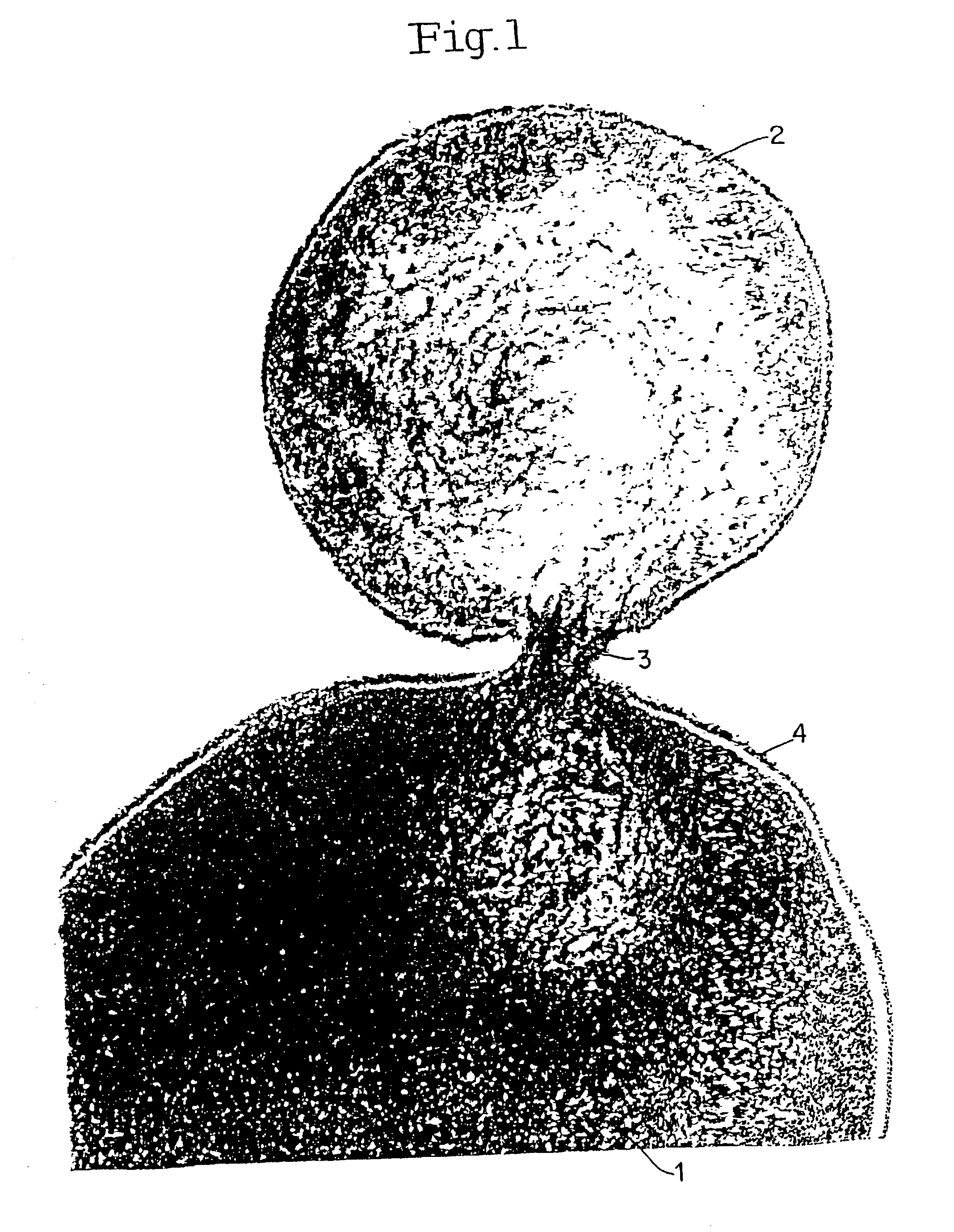Use of bacterial phage associated lysing enzymes for treating streptococcal infections of the upper respiratory tract-
a technology of lysing enzyme and phage, which is applied in the field of use of bacterial phage associated lysing enzyme for treating streptococcal infections of the upper respiratory tract, can solve the problems of antibiotics not being easily penetrated by mucus lining, antibiotic use is increasing, and the phage is non-functional, so as to prevent the infection of the neona
- Summary
- Abstract
- Description
- Claims
- Application Information
AI Technical Summary
Benefits of technology
Problems solved by technology
Method used
Image
Examples
Embodiment Construction
[0029] The method for treating bacterial infections comprises treating the infection with a therapeutic agent comprising an effective amount of at least one lytic enzyme produced by a bacteria infected with a bacteriophage specific for the bacteria. The lytic enzyme is preferably in an environment having a pH which allows for activity of said lytic enzyme.
[0030] The lytic enzyme can be used for the treatment or prevention of Hemophilus influenza, Pseudomonas, Streptococcus pneumoniae, Streptococcus fasciae, Streptococcus group B, Listeria, Salmonella, E. coli, Campylobacter, and other bacteria, and any combination thereof.
[0031] For example, if there is a bacterial infection of the upper respiratory tract, the infection can be prophylactically or therapeutically treated with a composition comprising an effective amount of at least one lytic enzyme produced by a bacteria being infected with a bacteriophage specific for that bacteria, and a carrier for delivering the lytic enzyme to a...
PUM
| Property | Measurement | Unit |
|---|---|---|
| weight percent | aaaaa | aaaaa |
| weight percent | aaaaa | aaaaa |
| OD | aaaaa | aaaaa |
Abstract
Description
Claims
Application Information
 Login to View More
Login to View More - R&D
- Intellectual Property
- Life Sciences
- Materials
- Tech Scout
- Unparalleled Data Quality
- Higher Quality Content
- 60% Fewer Hallucinations
Browse by: Latest US Patents, China's latest patents, Technical Efficacy Thesaurus, Application Domain, Technology Topic, Popular Technical Reports.
© 2025 PatSnap. All rights reserved.Legal|Privacy policy|Modern Slavery Act Transparency Statement|Sitemap|About US| Contact US: help@patsnap.com

